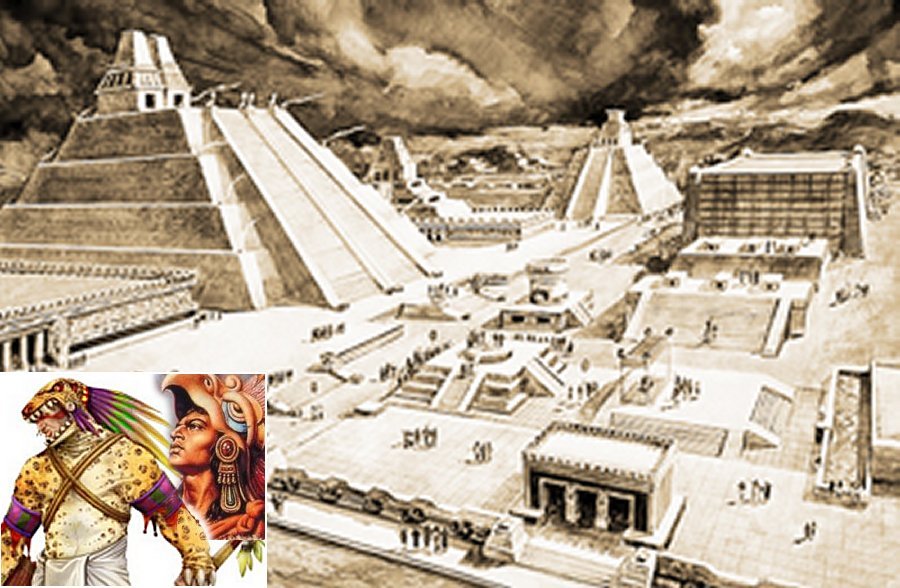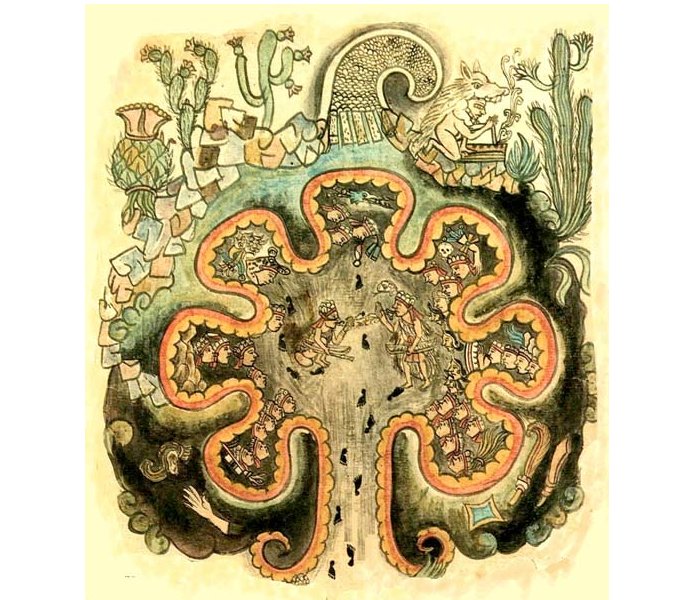Why The Aztecs Called Themselves ‘Mexica’
Conny Waters - AncientPages.com - Originally, the tribe we all know today as Aztecs, was once known as the Mexica, from which the modern name of the country of Mexico is derived.
When Aztecs found their new homeland, they changed their name to Mexica, ‘people from Mexico’.
The legend says the Aztecs came from Aztlan, which is the place of their origin, but this legendary homeland still remains unidentified. In Nahuatl language, the Aztecs -means the people who came from Aztlan and they really believed they once resided in this mythological or semi-mythological place.
The term Azteca ('Aztecah') originally meant "people of the Aztlan" and referred only to a small tribe that – after long wandering (as the last of all peoples in Central America) finally settled at Coatepec (in Nahuatl: ‘The Hill where the Snakes are‘) on the Mexican Plateau near Tula.
The starting point of the Aztec origin myth is a place known to the Mexica as Chicomoztoc, a place from which they emerged from one of seven caves. Chicomoztoc, however, was only the first stage of the supposed history of the Mexica before they finally found themselves in their historically known territory and established a regional power.
The Mexica are the source from which most of the accounts of the Aztec origin myth were recorded.
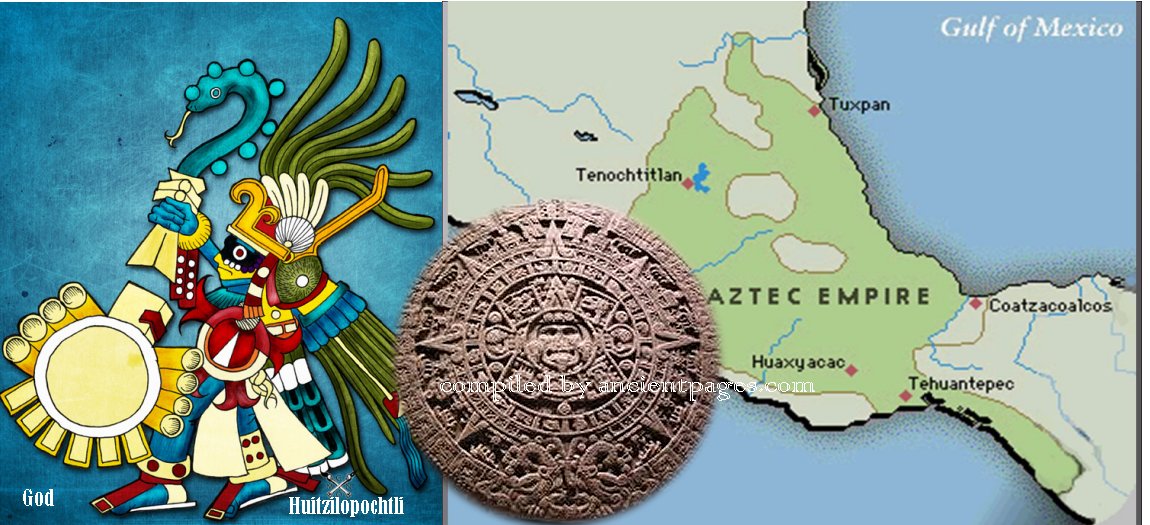
It was Alexander von Humboldt, a Prussian geographer, naturalist, explorer, who named the Mexica - the Aztecs. He put together the name “Aztlan” and “tec(atl)” where Aztlan “('Place of the Herons') was the mythical homeland of the Mexica, and -teca(h) literally means ‘people of’. Today the name 'Aztec' refers to not only the Mexica but also to the Nahuatl-speaking peoples of the Valley of Mexico and its surroundings.
Experts on Mexican history including Dr. Alejandro Villalobos, the people we call today Aztecs, became the Mexica when their god Huitzilopochtli appeared in a dream to four priests (Teomama). According to a legend, they took this name because Huitzilopochtli was also – Mexi. So, Mexica also means ‘sons of Mexi or ‘sons of Huitzilopochtli’.
In the Aztec religion, Huitzilopochtli was the national god of the Mexicas of Tenochtitlan. He was the god of war, sun, and human sacrifice and the patron of Tenochtitlan. The Mexicas founded the city of Tenochtitlan, which would eventually become the capital of the Aztec Empire.
The Aztecs/Mexica are indeed mysterious people, especially regarding their origin. There are countless theories trying to explain, who they really were.
See also:
Aztecs: Facts And History About The Ancient And Powerful Mesoamerican Civilization From Aztlán
Aztec Empire: ‘Tlatoani’ – The Ruler With The Ultimate Power In The Land
Fearsome Aztec Eagle Warriors And Jaguar Warriors Of Mesoamerica
The Toltec theory of the first wave of Mexica is that they arrived in central Mexico states around 540 BC from what is now the Southwestern US. "The Aztec Calendar Handbook," says that the so-called Aztlan and the legendary seven caves often mentioned in legends of these people was a site known today - Kanab, Utah.
Others believe the group originated in the old Tule lakes in northeastern Siskiyou County and northwestern Modoc County in California, along the border with Oregon. Still, some others propose the mythical Aztlan might be eastern Oakland.
Perhaps we’ll never know where the Mexica’s Aztlan was located but they confirmed their existence historically. Their powerful empire was founded in Tenochtitlan on an island in Lake Texcoco in the Valley of Mexico, on June 20, 1325.
Tenochtitlan was not created accidentally. According to legend, the wandering Mexica observed an eagle devouring a snake while sitting on a cactus, a sign they had supposedly been informed they would see by their patron god Huitzilopochtli upon leaving Atzlan.
Written by Conny Waters – AncientPages.com Staff Writer
Copyright © AncientPages.com All rights reserved. This material may not be published, broadcast, rewritten or redistributed in whole or part without the express written permission of AncientPages.com
More From Ancient Pages
-
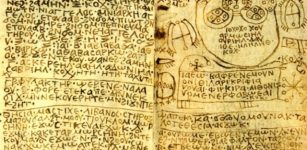 Ancient Mystery Of Baktiotha And The Egyptian Spell Book
Artifacts | Sep 4, 2015
Ancient Mystery Of Baktiotha And The Egyptian Spell Book
Artifacts | Sep 4, 2015 -
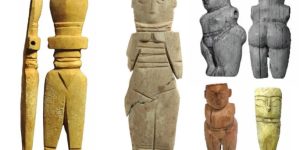 Ancient Wooden ‘Coptic Dolls’ May Have Been The Ancestors Of Today’s Barbie Dolls
Archaeology | Sep 23, 2023
Ancient Wooden ‘Coptic Dolls’ May Have Been The Ancestors Of Today’s Barbie Dolls
Archaeology | Sep 23, 2023 -
 The Ebers Papyrus – Most Famous Plant Medicine ‘Encyclopedia’ Of Ancient Egypt
Civilizations | Feb 3, 2016
The Ebers Papyrus – Most Famous Plant Medicine ‘Encyclopedia’ Of Ancient Egypt
Civilizations | Feb 3, 2016 -
 Homo Sapiens Survived In The Kalahari Desert More Than 20,000 Years Ago – Stone Age Discovery Shows
Archaeology | Aug 17, 2022
Homo Sapiens Survived In The Kalahari Desert More Than 20,000 Years Ago – Stone Age Discovery Shows
Archaeology | Aug 17, 2022 -
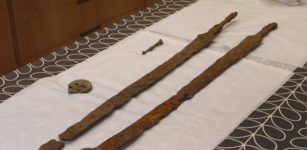 Unique Ancient Roman Cavalry Swords Found In Cotswolds, UK
Archaeology | Sep 18, 2023
Unique Ancient Roman Cavalry Swords Found In Cotswolds, UK
Archaeology | Sep 18, 2023 -
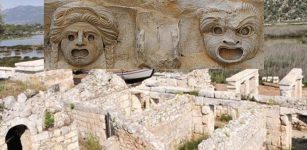 Ancient City Was Discovered Underground In Antalya’s Demre District
Archaeology | Nov 26, 2019
Ancient City Was Discovered Underground In Antalya’s Demre District
Archaeology | Nov 26, 2019 -
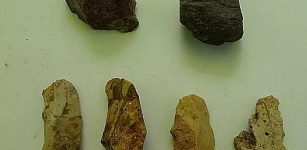 İnkaya Cave Study Brings To Light 86,000-Year-Old Traces Of Human Life
Archaeology | Aug 22, 2023
İnkaya Cave Study Brings To Light 86,000-Year-Old Traces Of Human Life
Archaeology | Aug 22, 2023 -
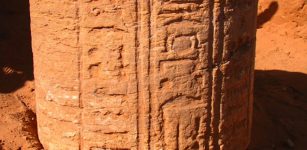 Abu Erteila’s Lost Temple And The Meroitic Empire: New Discoveries Shed Light On Nubian Civilization
Archaeology | Jan 14, 2016
Abu Erteila’s Lost Temple And The Meroitic Empire: New Discoveries Shed Light On Nubian Civilization
Archaeology | Jan 14, 2016 -
 The Prophecy Of The Rainbow Warriors And Future Of Planet Earth
Featured Stories | Aug 29, 2018
The Prophecy Of The Rainbow Warriors And Future Of Planet Earth
Featured Stories | Aug 29, 2018 -
 On This Day In History: ‘Bloody Sunday’ In Northern Ireland – On Jan 30, 1972
News | Jan 30, 2017
On This Day In History: ‘Bloody Sunday’ In Northern Ireland – On Jan 30, 1972
News | Jan 30, 2017 -
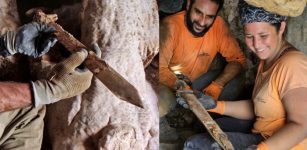 Four Rare And Incredibly Well-Preserved 1,900-Year-Old Roman Swords Found In Judean Desert
Archaeology | Sep 6, 2023
Four Rare And Incredibly Well-Preserved 1,900-Year-Old Roman Swords Found In Judean Desert
Archaeology | Sep 6, 2023 -
 Berserkers In Mesopotamia, Europe And India: Old Tradition Of Mad Fighting Dates Back At Least 3000 BC
Ancient Traditions And Customs | Jun 6, 2017
Berserkers In Mesopotamia, Europe And India: Old Tradition Of Mad Fighting Dates Back At Least 3000 BC
Ancient Traditions And Customs | Jun 6, 2017 -
 Neanderthals Had Older Mothers And Younger Fathers Compared To Modern Humans
Archaeology | Apr 23, 2020
Neanderthals Had Older Mothers And Younger Fathers Compared To Modern Humans
Archaeology | Apr 23, 2020 -
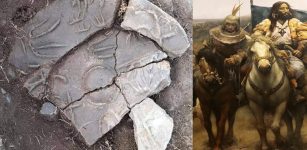 Lost Ancient Dragon City Of The Xiongnu Empire Discovered In Mongolia
Archaeology | Jul 22, 2020
Lost Ancient Dragon City Of The Xiongnu Empire Discovered In Mongolia
Archaeology | Jul 22, 2020 -
 Makhunik – 5,000-Year-Old City Of Dwarfs Who Hoped To Return One Day
Civilizations | May 28, 2014
Makhunik – 5,000-Year-Old City Of Dwarfs Who Hoped To Return One Day
Civilizations | May 28, 2014 -
 House Of Plantagenet – How Hatred, Revenge And Jealousy Transformed History
Featured Stories | Jul 27, 2018
House Of Plantagenet – How Hatred, Revenge And Jealousy Transformed History
Featured Stories | Jul 27, 2018 -
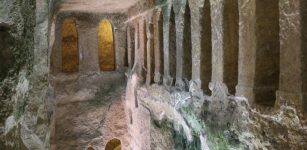 Largest In Europe Underground Church Of Saint-Jean of Aubeterre Built By 12th Century Benedictine Monks
Featured Stories | Feb 12, 2016
Largest In Europe Underground Church Of Saint-Jean of Aubeterre Built By 12th Century Benedictine Monks
Featured Stories | Feb 12, 2016 -
 Ancient Tomb Belonging To Princess Of Ancient Nomads Discovered In China
Archaeology | Dec 20, 2015
Ancient Tomb Belonging To Princess Of Ancient Nomads Discovered In China
Archaeology | Dec 20, 2015 -
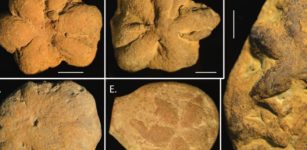 Mysterious Ancient Star-Shaped ‘Fossil’ Baffles Scientists – What Is It?
Archaeology | Feb 27, 2023
Mysterious Ancient Star-Shaped ‘Fossil’ Baffles Scientists – What Is It?
Archaeology | Feb 27, 2023 -
 3,800-Year-Old Wall Relief Created By Ancient Caral People Unearthed In Peru
Archaeology | Aug 28, 2018
3,800-Year-Old Wall Relief Created By Ancient Caral People Unearthed In Peru
Archaeology | Aug 28, 2018

